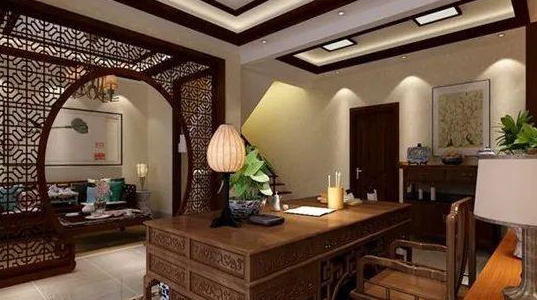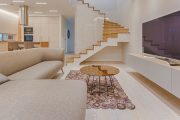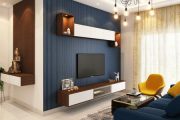The Meaning of Home Lighting
In the past, little attention was paid to the decorative effect of lighting in home decoration. They are all boring and boring, and only play the role of general lighting. Nowadays, people’s living standards have generally improved, and more attention is paid to lighting design in home decoration. In addition to general lighting, it is mainly to use lamps and lanterns decoration and lighting to beautify the room space and optimize the warm family life.
For this reason, home lighting needs to be artistically conceived according to the overall space to determine the layout of the lamps, the type of light source, the style of the lamp, and the light distribution method. Through careful design, the home lighting can be made clear in the living room, quiet in the bedroom, targeted in the study, and focused on decorations, etc., resulting in the effect of carving space.
With the improvement of people’s living standards, the awareness of environmental protection and energy saving has been continuously strengthened. Energy-saving lamps are more and more favored by people, which also reflects a kind of cultural accomplishment of the owner. In addition, the child has been educated invisibly, which is also of great help to their physical and mental health. In line with the general trend of contemporary environmental protection and energy saving.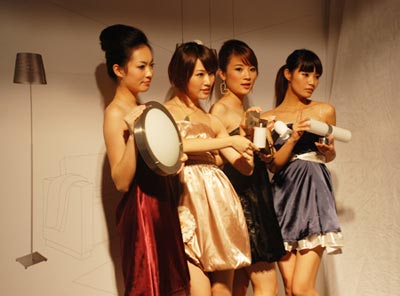
Principles of Home Lighting Decoration
Each family has different cultural levels, hobbies, occupations, social objects, and economic strength, so their bedroom decoration and lighting choices also have different styles due to different actual conditions. But the purpose of decoration is basically the same, that is, economical, practical, beautiful, easy to operate, safe and reliable. For this reason, when choosing to buy lamps and implement lighting, the following aspects need to be dealt with.
1. The relationship between general lighting and local lighting.
People are accustomed to having a “main light” for general lighting in a room. Chandeliers or ceiling lights are usually installed in the center of the ceiling. In addition, wall lamps, table lamps, floor lamps, etc. can be set as “auxiliary lamps” as needed for local or auxiliary lighting.
The so-called “main light” and “auxiliary light” are relative terms. Under certain conditions, functions may also be replaced. For example, if the floor height of the room is less than 2.5M and the area is not large, it is not advisable to set up lights in multiple layers, especially large chandeliers. Use one or two beautiful wall lamps to play the role of general lighting and decoration. When you study and work at night, you can wear a lamp. The lampshade is made of translucent plastic, and the diffused light from the upper part can also meet the needs of lighting.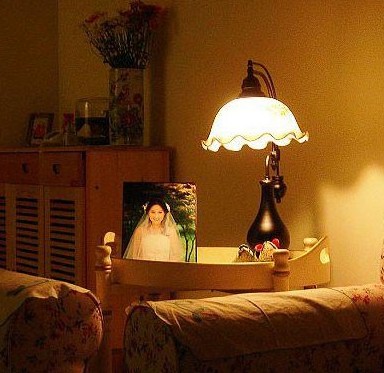
2. Determine the principle of lighting style.
People have different styles when they decide to set up lights because of their cultural level, hobbies, age, and occupation. Therefore, setting up lighting must proceed from reality and according to personal preferences in order to obtain a specific style and effect of lighting.
Lighting requirements for different occupations: People engaged in mental work generally love to be quiet, like reading books, designing drawings, researching information, etc. They need a variety of lighting settings. The desk lamp is convenient for work, the floor lamp is helpful for reading, and the bedside lamp is used for reading newspapers and periodicals.
Lighting requirements of different age levels:
Due to age differences, they also have different standards for lighting needs:
Older people-Older people have simple living habits and love quietness. The color and shape of the lamps and lanterns used should set off the elegant and generous demeanor of the elderly. The main body lamp can be combined with a palace lantern-shaped chandelier or a ceiling lamp with a unit. In order to facilitate the elderly to get up at night, a low-illuminance permanent beacon can be installed at the bedside.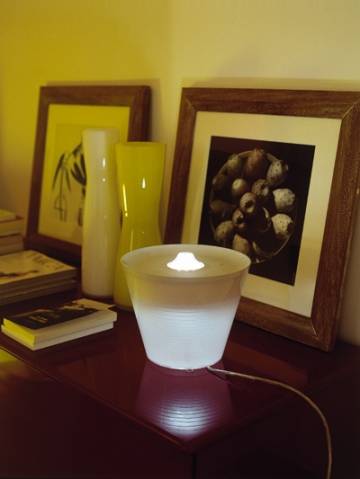
Middle-aged people-Middle-aged people are the leader of the family and the pillars of the career. For decorative shapes, the colors strive to be concise and lively. Lamps should not only reflect the individuality, but also reflect the subject’s style. For example, use a swing arm table lamp or floor lamp to facilitate study and work.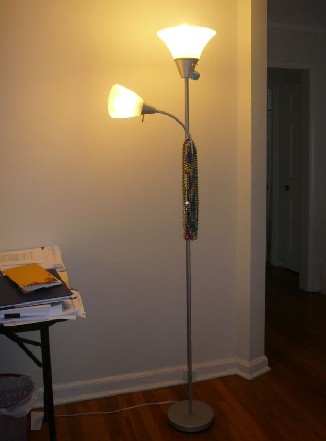
Young people-young people should highlight the novelty, strangeness and speciality of lighting. The main lamp should show the individuality, the shape is creative, and the color is bright. The style of the wall lamp requires love as the theme. The light source should be warm and romantic (especially girls).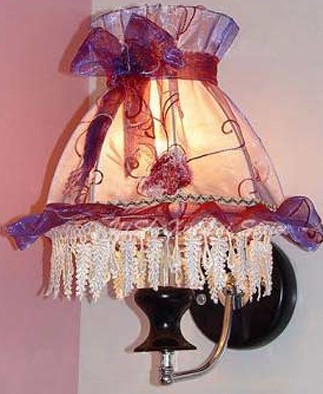
Children-Children’s lighting is best to be unpredictable, highlight the “odd”, increase children’s imagination, is conducive to intellectual development. The shape and color of the lighting should not only reflect childishness, but also be conducive to the healthy growth of children. The main body lamp strives to be concise and lively, and simple chandelier or ceiling lamp can be used. The lighting on the homework desk should be bright, and animal-shaped desk lamps can be used. But pay attention to ensuring the illuminance. Because children are curious and active, the lighting must be absolutely safe and reliable.
3. The practicality and decoration of lighting.
Like public buildings, indoor lighting is practical and decorative. How to deal with the relationship between the two will play a multiplier role in interior decoration.
The practicability of the lamp-it can ensure the indoor lighting use, ensure the hygienic use of the light, protect the eyes, protect the eyesight, and the light color has no abnormal psychological or physiological reaction to people. The lamps are firm, the circuit is safe, and the switch is flexible. In a sense, the decoration of lamps is also practical. Otherwise, there is no way to talk about decorative issues.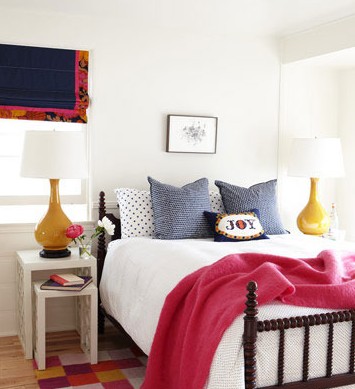
The decorativeness of the lamp——
One is ornamental. The material of the lamp is beautiful, the shape is unique, and the color is novel and beautiful.
The second is coordination. The lighting form has been carefully designed, coordinated with the room decoration, and matched with the furnishings. The shape and material of the lamps are consistent with the shape of the furniture, which can reflect the master’s artistic conception.
The third is to highlight individuality. The color of the light source creates a certain atmosphere according to people’s needs, such as warmth, calmness, comfort, tranquility, peace and so on. Specific to each piece of lighting, there are some emphasis on lighting, some emphasis on decoration, and both. When choosing, it is necessary to consider the characteristics of different personnel, different uses and interior decoration requirements.
Requirements for Home Lighting
The indoor environment of the home should be matched with different numbers and types of lamps. In addition to satisfying people’s requirements for light quality, visual hygiene, light source utilization, etc., it also reflects different styles of personality. We can use lights to adjust people’s perception of indoor color light. You can also use warm and cold colors to render or cover up the role of interior design. However, attention should be paid to the overall coordination of interior decoration to avoid self-defeating.
1. Lighting for foyer, lobby and corridor.
The entrance hall, lobby, and corridor are the places that people must pass through. It is the first impression of entering the interior, and it is also one of the overall standards of interior decoration.
Generally, small spherical lamps, oblate or square ceiling lamps are used for lighting in entrance halls, lobbies and corridors. Its specifications, dimensions, and sizes should match the living room. Sometimes spotlights are also installed at the door.
The lights in the hall and corridors should be distinguished from other rooms. The lobby is the lobby of a public building, and its lighting is very important. Lighting is often one of the iconic decorations. It should be decorated in a magnificent, luxurious and exquisite manner.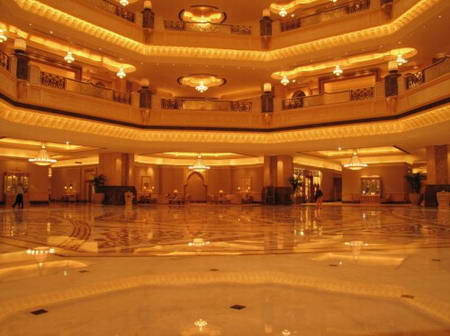
2, living room lighting.
The living room has a large meeting room and a home living room. The large-scale meeting room is dominated by mixed cloth lamps, which embodies the luxurious and exquisite ethnic style, and will not be introduced in detail here.
We use home and living room lighting as an illustration for readers’ reference. The living room is the central area for family members’ activities, as well as a place to receive relatives and guests. Lighting should not be sloppy, it must be carefully designed and arranged. The ideal design is: the number and brightness of the lighting are adjustable, so that the family style can be fully displayed.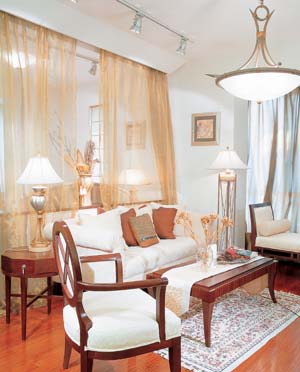
Generally, a combination of general lighting and local lighting is used. That is, a main light, and a variety of other auxiliary lighting. Such as: wall lamps, downlights, spotlights, etc.
As far as the main lighting is concerned, if the floor height of the living room is about 3M, a mid-range luxury chandelier should be used. For floor heights below 2.5M, mid-range decorative ceiling lights should be used or the main lights should not be used. If the floor height exceeds 3.5M or more in the living room, you can choose a high-grade chandelier or ceiling lamp with a slightly larger size.
living room lighting
In addition, use a separate table lamp or floor lamp on one end of the sofa to allow indirect light to diffuse throughout the sitting area for conversation or reading books and newspapers. You can also place a unique wall lamp at an appropriate position on the wall to make the wall shine. If there are murals, showcases, etc., invisible spotlights can be set up to embellish them.
Place a soft-lit desk lamp or floor lamp next to the TV, or install a miniature low-illuminance incandescent lamp on the back of the TV to reduce the contrast between light and dark in the hall. It also helps protect eyesight. The shape and color of the lamps and lanterns in the living room should be consistent with the overall layout of the living room. The lighting of the lighting should be bright, the atmosphere should be strong, and the guests should feel “home away from home”. In this way, the effect of lighting is better.
3, bedroom lighting
The main function of the bedroom is rest, but it is not a single sleeping area. In most families, the bedroom is also a place for makeup and clothes storage, as well as a place to take a short break after work. To make full use of the multiple purposes of the bedroom, the lighting decoration must be carefully designed. The shape and color of lamps and lanterns should be chosen mainly to create a quiet and warm atmosphere. If you want to create a bedroom into a romantic or charming little world, you must use soft, beautiful lighting. The lighting method should be indirect or diffuse. Indirect lighting is used indoors, and the color of the ceiling should be light to reflect the light effect. If you use small low-wattage spotlights to illuminate, the ceiling should be dark, which can create a romantic, soft and sensual atmosphere.
Try to avoid placing the bed under the chandelier so that when a person lies on the bed, the light will not irritate the eyes. The best way is to install the downlights on the wall and install them directionally so that the light shines on the paintings and bookshelves to create a beautiful atmosphere. It is also possible to set up a translucent shade wall lamp at an appropriate position. The upper shade will project light towards the center of the ceiling for decoration, and the lower portion will be diffused to illuminate the bottom space to obtain a decorative effect of up and down reflections.
Bedroom lighting
If there are other facilities that need brightness in the bedroom, you can set up lights as needed. For example, a closet is equipped with a “sliding door to turn on the light” for easy retrieval. To show the charm of murals, spotlights can be used. There are two small and exquisite wall lamps on both sides of the mirror surface of the dressing table. The light is symmetrical and there is no shadow, which is convenient for dressing.
A bedside lamp is installed in the bedroom, which not only provides lighting, but also satisfies the owner’s use of lamps for lying down and reading. This requires that the bedside lamp has both brightness and not dazzling. Generally, adjustable light source lamps are used. When you do not “read while lying down”, the illuminance can be lower and the light color should be soft. The lighting in the bedroom is best decorated to be artistic. This requires the installation of novel lamps, such as animal shapes, root carvings, flower and bird shapes, etc., to produce peculiar effects.
4. Lighting for banquet halls and restaurants.
The banquet hall is a place to entertain senior VIPs, and the lighting should be palace-like. It is composed of a large ceiling lamp or chandelier as well as other downlights, spotlights or multiple wall lamps. The matching lighting has both strong illuminance and beautiful light. The banquet hall requires that the color rendering of the lamp is good, but there should be no glare.
Here we mainly introduce family restaurants. The restaurant is a place for dining, and the focal point of the lighting decoration is of course the dining table. Whether the lighting is reasonable or not directly affects people’s appetite. Generally, hanging chandeliers can be used for lighting. In order to achieve the effect, the chandelier cannot be installed too high, just above the eye level of the diners.
For rectangular dining tables, install two chandeliers or long oval chandeliers. The chandelier should have a light-dark adjuster and a lifting function so that it can be used for other tasks. The light source of the restaurant should be warm-colored incandescent lamp, not cool-colored fluorescent lamp. Because dishes pay attention to color, aroma, taste and shape, if they are irradiated by cold light, it will directly affect the color of the dishes and affect people’s appetite.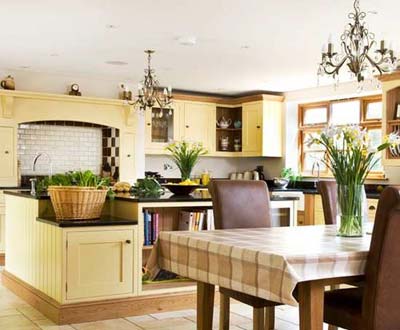
5. Kitchen lighting.
Kitchen lighting requires high brightness. Because lighting is also important to the appearance of food, it can affect people’s appetite. Since people spend a long time in the kitchen, the lighting should be pleasant and attractive. This can increase the enthusiasm for making food.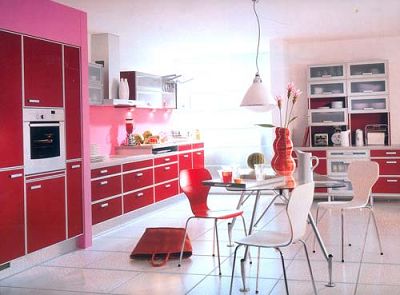
For general kitchen lighting, an embedded or semi-recessed astigmatism ceiling lamp is set above the operating table, and the mask is embedded with transparent glass or transparent plastic. In this way, the ceiling is simple and reduces the trouble caused by dust and oil.
A range hood is generally set above the stove, and there is an invisible small incandescent lamp in the hood for the stove to illuminate. If the kitchen doubles as a dining room, a single-cover single-fire lift or single-layer multi-fork chandelier can be set above the dining table. The light source should be warm, not cool.

